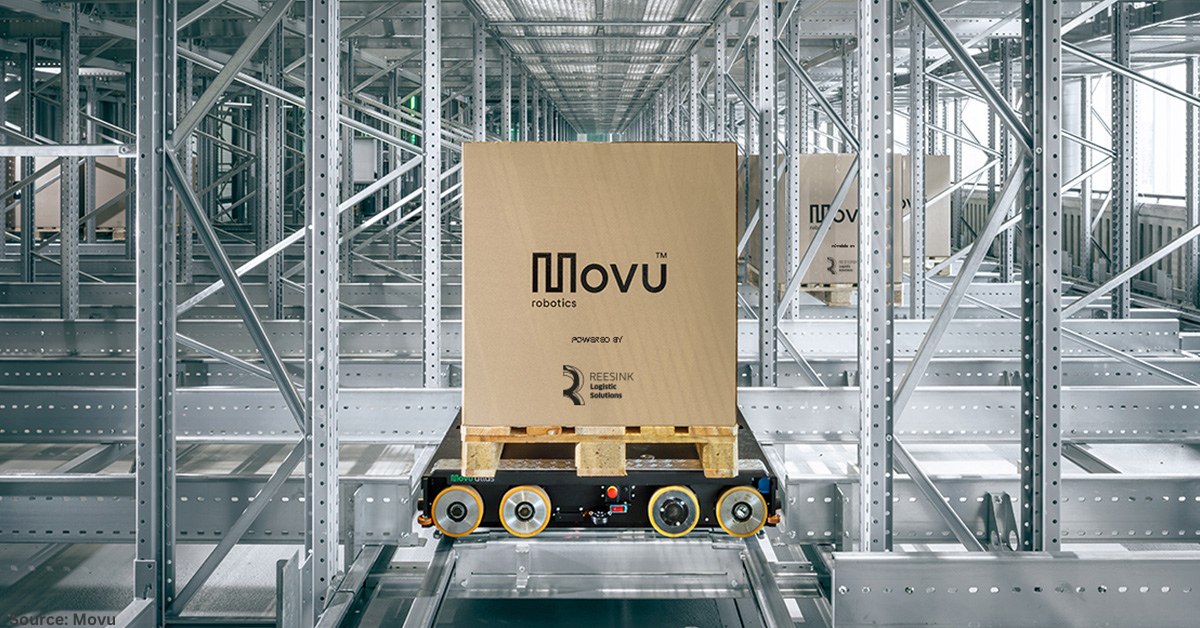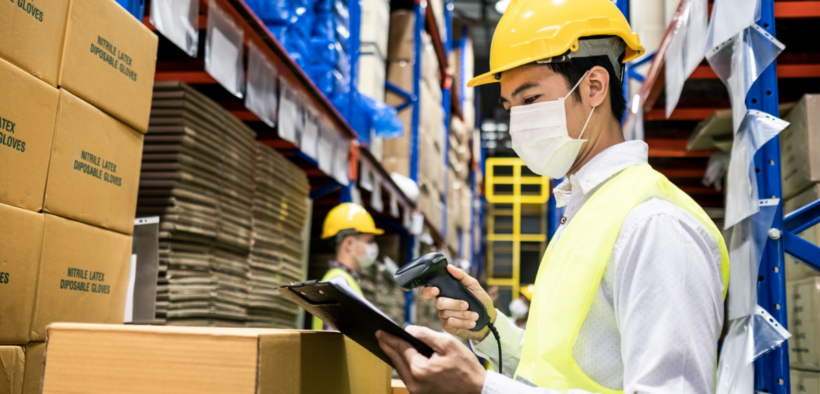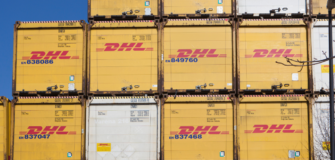Sixty per cent of Australian consumers are saying that they are less likely to order an item that requires shipping from overseas than they were a year ago, a new study from SOTI has found.
The global and Australian supply chain crisis continues to disrupt the retail industry, forcing consumers to change their shopping habits and buy local for speed and availability.
SOTI, a company that provides mobile and IoT device management solutions, surveyed 10,000 consumers across Australia, U.S., Canada, Mexico, UK, Germany, France and Sweden to understand how consumers are responding to the retail supply chain crisis, as well as their expectations of brands and retailers to cope.
Among Australian consumers, 40 per cent said they have recently experienced one or more items not being available and have had to purchase alternatives when their preferred product was not available.
70 per cent of consumers said they have had to go to multiple retailers to find the items they wanted in stock.
Worse still, SOTI notes that 69 per cent of shoppers found their preferred items not being available at all.
Australian shoppers also feel the supply issues in terms of delivery times being slower than usual (74 per cent), with more than half (61 per cent) saying that shipping and delivering time is the most frustrating aspect of ordering online.
Consumers are also unwilling to compromise on speed and availability, the report noted, as they now take special attention to the purchase journey.
In fact, 32 per cent of Australian consumers said that a more than two-day delivery or pick up of an item will force them to look elsewhere.
Evolving In a State of Flux
The onus is now on retailers to adapt to these behaviours and match up with consumer preferences.
Michael Dyson, VP of Sales, ANZ at SOTI, said that brands and retailers must rethink how they approach customer relationships and go-to-market strategies in response to these issues.
“They need to have insightful data at their fingertips to cater to these consumer preferences and combat consumer impatience, while considering that we’re still very much in a state of fluctuation,” Dyson said.
He explained that there is now a premium on the flexibility that allows brands to provide the best possible customer experience, no matter how or where customers shop.
Looking to the future, the report noted that 68 per cent of Australian shoppers would consider in-store delivery/collection (“click and collect”/buy online and pick up in store), as an alternative delivery option in 2022.
Likewise, 78 per cent said they would consider delivery to a designated drop-off point.
Consumers are also showing signs of being open to more significant changes in receiving their goods, with almost half (48 per cent) saying they would consider either autonomous vehicles to deliver larger packages to their home or other convenient location, or delivery drones to deliver small packages (39 per cent).
Dyson said that mobile technology can help retailers to improve both communications and customer experience across all relevant channels and media.
“By ensuring they have mobile-enabled operational intelligence, brands and retailers can diagnose problems quickly and adapt fast to meet developing consumer needs and preferences. In this rapidly shifting retail environment, the only certainty is uncertainty,” he said.
“By ensuring consumers have choice and flexibility, brands and retailers, as well as their logistics partners, will be prepared for all eventualities,” he concluded.
Source: SOTI























































Follow us on social media